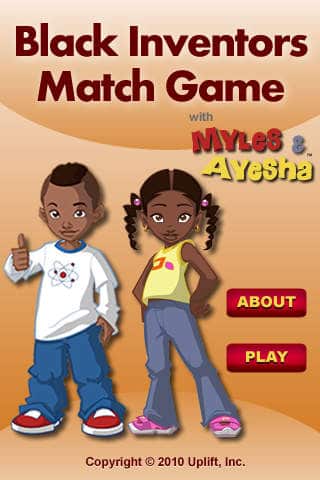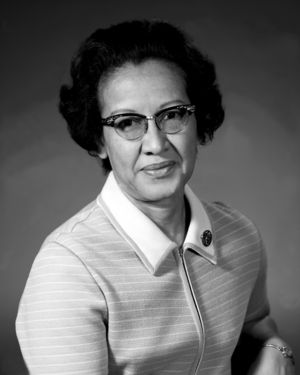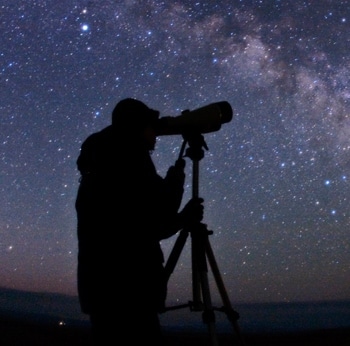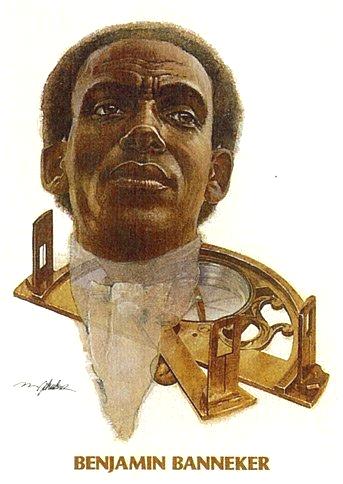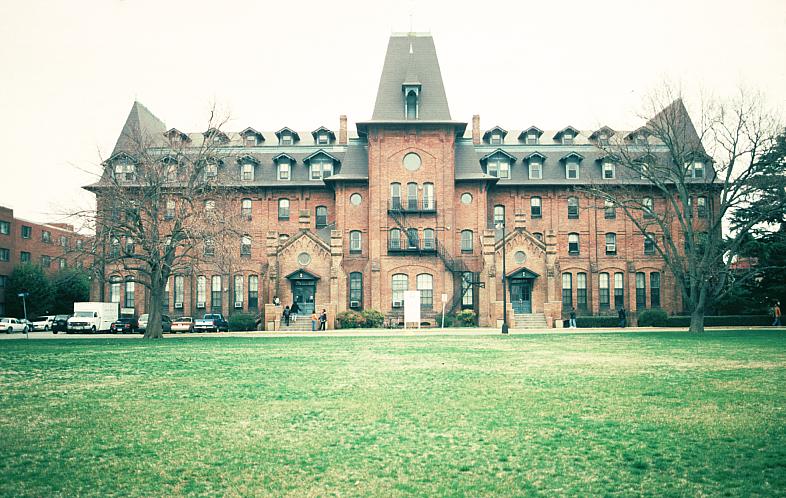Armand Lanusse (c. 1810-1867)
Lanusse was a poet and educator living in New Orleans. In 1845, he edited 85 poems written in French by 18 Afro-Creole poets of Louisiana called Les Cenelles. Lanusse helped fight for the rights of Black people in the bayou. In 1852, he organized a school for Afro-Creoles in New Orleans.
Daniel Payne (Feb. 24, 1811 – Nov. 2, 1893)
Payne was a pastor of the African Methodist Episcopal Church. He worked on helping freedman after slavery and recruiting more members into the congregation. He was also one of the founders of Wilberforce University in 1856. Payne also served as president of the school in 1863-77.




